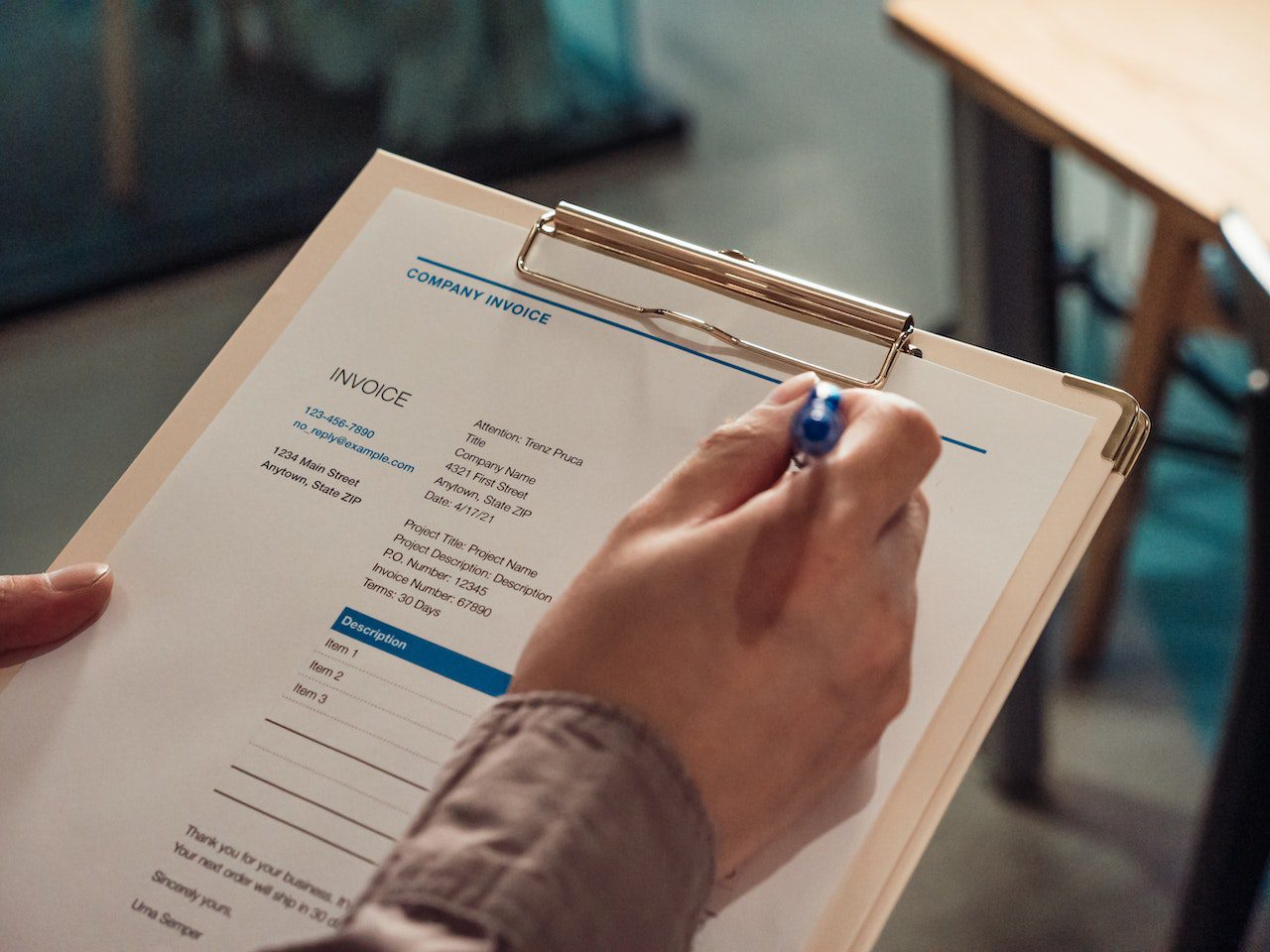
Invoices play an important role in both revenue collection and customer experience yet it is one of the most underestimated tools of business communication. Beyond its traditional billing function, an invoice has the potential to communicate brand identity, streamline payment processes, and positively impact customer perception. Investing in improved design should be a key part of your company’s customer engagement strategy in today’s era where every touchpoint matters.
Here’s how and why designing a good invoice is a strategic move toward enhancing customer relationships.
The Benefits of Customer-Centric Invoice Design
Seeing as it directly influences customer engagement and business continuity, your invoice design should go beyond aesthetics. This is what we mean by “customer-centric”. Improving the customer experience by crafting designs that resonate with their preferences and behaviors can unlock many benefits for your business:
- It improves payment rates: Well-designed invoices that lead customers to essential payment information contribute to higher revenue collection as customers are more likely to act promptly when they can find the due amount and payment options easily.
- It reduces customer churn: Invoices can be an influential aspect of any customer engagement strategy if used to communicate brand values and services. These subtle reminders increase your brand’s perceived value, increasing customer loyalty and retention.
- It enhances brand perception: Your business forms are an extension of your brand. A well-designed invoice reinforces a positive brand perception by showing that you value customer experience even in transactional interactions.
- It provides an opportunity to communicate more: Invoicing gives you an opportunity to relay more messages to your customer in a communication they are highly likely to read. Production changes, special offerings, and service recommendations can all be included on a well-designed invoice, or can accompany an invoice as an insert.
Incorporating invoice design into your customer engagement strategy yields substantial benefits. So, how does one go about designing a customer-centric invoice that is unique yet still upholds its functionality?
How Customers Read and Process Invoice Information
The first step in any design endeavor entails understanding the audience, and in the case of designing an invoice, this principle holds steadfast.
Customer behavior plays a big role because the way they read and understand invoice details affects how they feel about your brand.
For example, research indicates that customers generally read invoices in a “Z” pattern: Starting from the top left corner, moving horizontally to the top right, and then diagonally to the bottom right before finishing at the bottom right. This insight is important for the placement of crucial information (including proactive messaging you are “pushing” to the customer) and enhancing the reading experience. That brings up our next point…
Best Practices for Effective Invoice Design
Mastering the art of effective invoice design revolves around facilitating a seamless reading experience for customers. This entails enabling customers to quickly access important information while ensuring that no significant details go unnoticed.
The key customer engagement strategies you should apply to your invoices include:
1. Strategic Information Placement
As mentioned, leverage the “Z” pattern by placing important details at the invoice’s top left corner. This instinctive arrangement aligns with customer reading behavior, ensuring they can promptly locate and comprehend vital details such as payment amounts and due dates.
2. Clean and Concise Design
Simplicity is an invaluable asset when using invoices as part of your customer engagement strategy. Harness the power of design elements like short headlines, uncomplicated fonts, distinct colors, and sufficient white space. These components act as signposts to guide the customer’s gaze toward pertinent sections and enrich their comprehension.
Additionally, avoid unnecessary clutter to allow the reader to skim through effortlessly without any distractions. The less information there is to absorb, the better.
3. Highlighting Payment Options
Of equal importance in designing an invoice is the visibility of the payment options your customers have. Prominently feature these choices by placing them in a separate section, bolding the text, or using a larger font to draw the eye. You could also use recognizable icons or symbols such as credit card logos, PayPal icons, or QR codes for mobile payments.
Remember, invoices come in numerous layouts and include different types of information. However, the above three customer engagement strategies ensure that the main details are heeded.
Involving Marketing and Customer Experience Teams
Finally, if the preceding invoice design principles appear overwhelming for the ordinary company accountant, you’re correct — invoice design involves complexities that extend beyond their domain.
This is why collaboration with marketing and customer experience teams is invaluable. They can offer specialized expertise and insights from customer interactions that not only refine the aesthetics but also harmonize brand identity and customer preferences. Alternatively, you can outsource your invoice design and printing services to a company with more experience and expertise.
Transform Your Invoices Today
To sum it up, optimizing your invoice design is an excellent customer engagement strategy because, as the above proves, this simple yet potent tool can enhance brand perception and interactions.
Ready to create a smoother invoice delivery experience for your customers? Information Outsource is here to help. We offer personalized invoice printing service plans that make it easy for businesses to customize for their specific needs.
Get a free quote today and learn how we can improve your invoice design and delivery for increased customer satisfaction and business growth.


